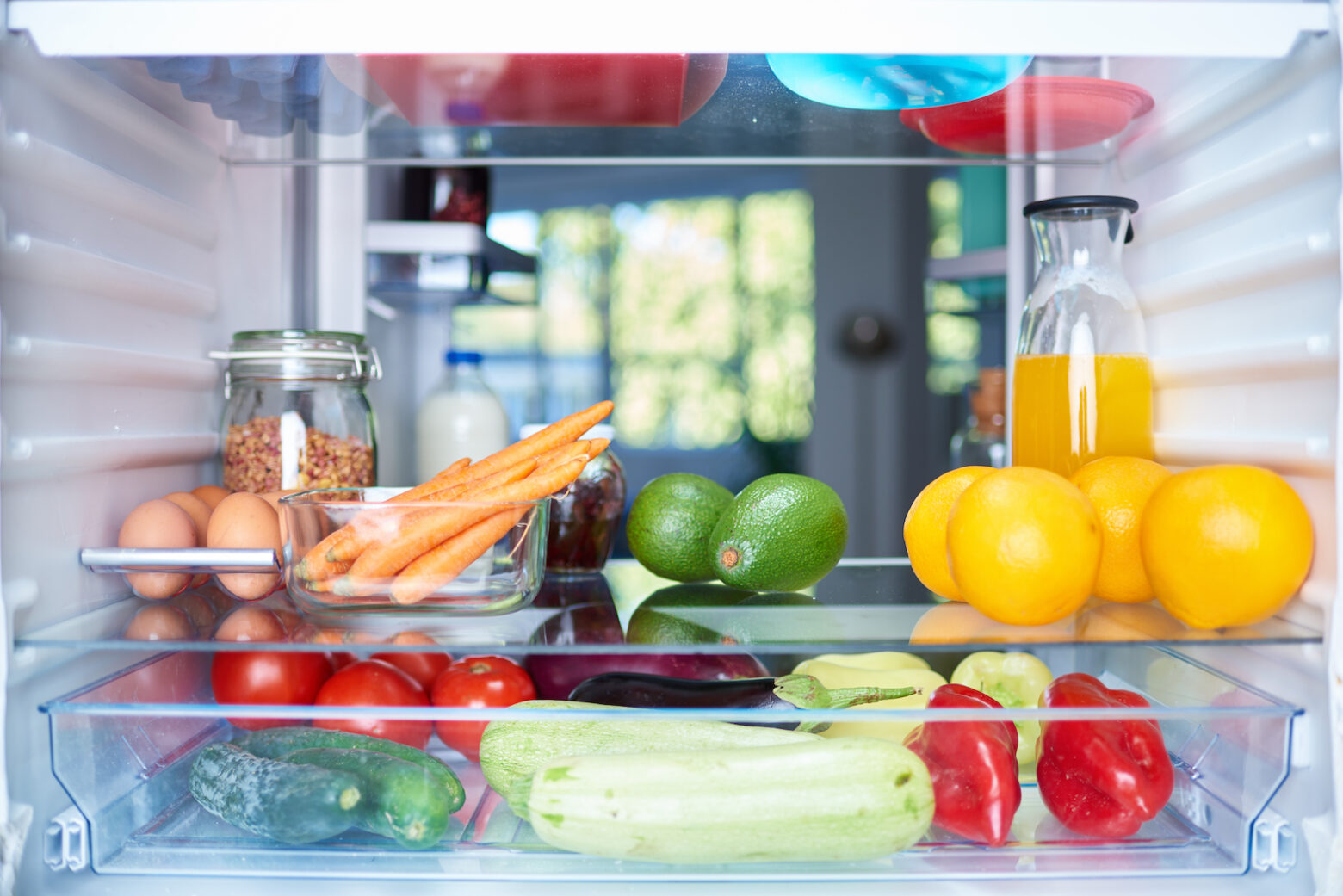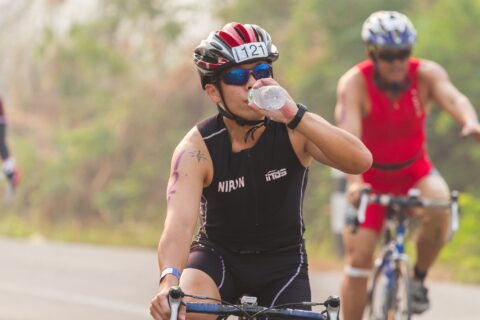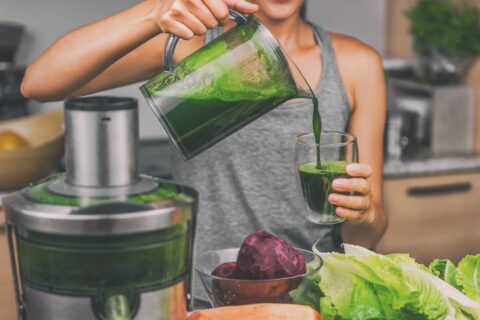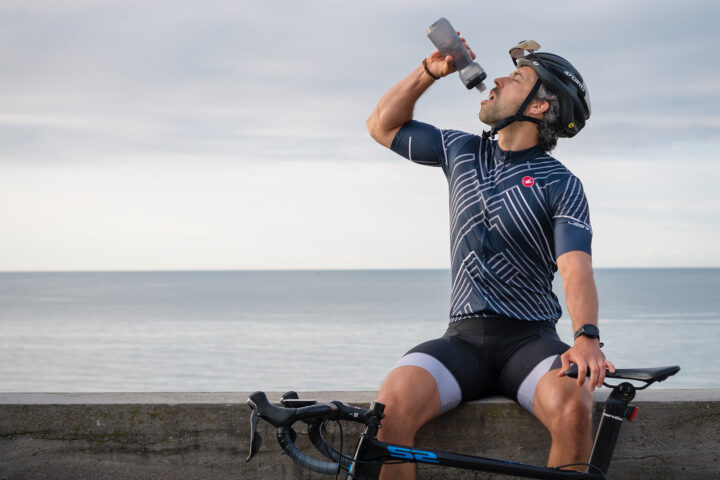Are you a good nutrition student? By using a gap analysis, you can create a personalized nutrition plan.
Are you a good nutrition student? By using a gap analysis, you can create a personalized nutrition plan.

Are you a good nutrition student? By using a gap analysis, you can create a personalized nutrition plan.

Are you a good nutrition student? By using a gap analysis, you can create a personalized nutrition plan.

Prime yourself for peak performance by knowing when and how much to fuel in your training and racing.

When this pro athlete stopped restricting nutrition and fueling in favor of a higher-carbohydrate diet, she was surprised by the result.

Use these formulas to determine your calorie and carbohydrate needs according to your unique physiology and demands of the event.

The challenge of consuming calories on the go, day after day is one of the most difficult to overcome. We spoke with several ultra-cycling veterans to learn their strategies.

Sports nutrition for endurance athletes is controversial. With the help of experts like Dr. Asker Jeukendrup, Dr. Timothy Noakes, and Dr. John Hawley, we examine the science of fueling your body for performance and health.